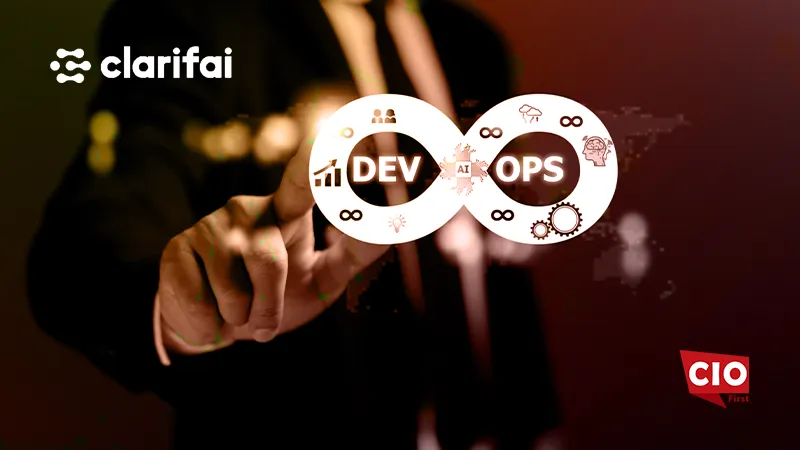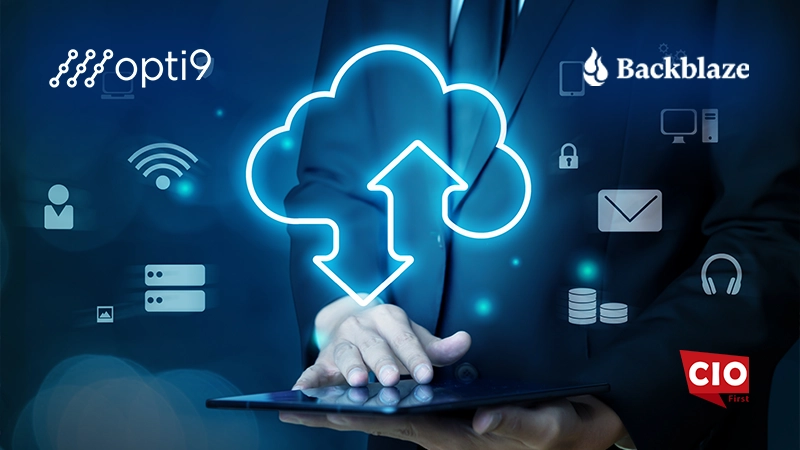Clarifai, a global leader in AI orchestration and development, and pioneer of the full-stack AI platform, released a comprehensive guide on “Orchestrating & Operationalizing Enterprise AI” addressing AI sprawl, security, cost, and other top challenges in moving AI from prototype into production, focusing on supporting day 2 operations and challenges.
With the explosion of AI, organizations have been working around the clock to unlock its value. More commonly, organizations are getting stuck in the prototype phase of building and exploration. When teams develop AI prototypes, testing and building applications using the latest technologies can be highly effective, and even cost efficient. However, this promise can also create a sense of a “false finish line,” giving the impression that production-grade applications are around the corner. Not unlike the early days of cloud adoption, skills gaps in the workforce, lack of governance, growing AI sprawl across the organization, and increased costs are slowing progress.
While many AI-focused companies are now emerging, Clarifai was founded in 2013 to help the world’s largest organizations accelerate AI development and counts the U.S. government as one of its biggest customers. Clarifai recently crossed more than 1.5 million models supported on its platform and has also eclipsed 1.3 billion operations in the last 12 months, demonstrating its capability to handle large-scale AI workloads across industries.
Also Read: CompQsoft Appoints Jeff Chien as Vice President of Data and AI Practice
Based on these learnings, Clarifai released this new guide that addresses top challenges in deploying AI at scale and outlines key pillars needed to support the effective adoption of AI technologies, optimize value, and mitigate risk. These include:
- Centralized Resources: Simplify and safeguard how teams engage with AI through centralized, standard AI application templates and workflows, datasets, governance, and observability.
- The Ability to Run Any Model, Reliably: Run any model (foundation models, LLMs, vision models, text-to-speech, multimodal, etc.), easily train and fine-tune models, bring your own, and evaluate performance over time.
- AI-Ready Unstructured Data: Easily integrate with any data across the data landscape and streamline data preparation efforts (e.g., data labeling) for AI applications.
- Security Controls: Reduce risk of exposing intellectual property, customer data, or private data (financial, PII) with appropriate access controls for people and AI services.
- Compute Anywhere Capabilities: Run AI anywhere, in any environment (SaaS, hybrid, VPC and on-prem), with the ability to scale automatically and cost effectively for dynamic AI workflows.
“The race to harness AI is happening faster than any other technological phenomenon before it and companies and governments are wasting billions on uncoordinated projects that fail to lead to scalable deployments,” said Matt Zeiler, Ph.D., Founder and CEO of Clarifai. “As a pioneer in AI with more than a decade of experience working with top enterprises and U.S. government groups, we have compiled our learnings on how to deploy AI at scale in this guide to help teams expedite AI success today, future-proof projects as the space continues to rapidly evolve, and prevent costly mistakes.”
SOURCE: PRNewsWire

























